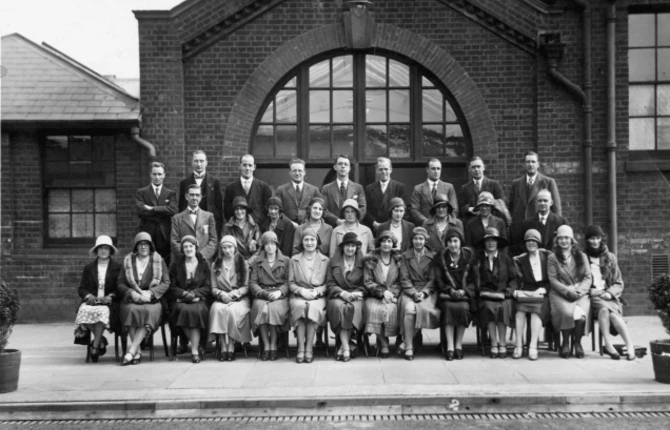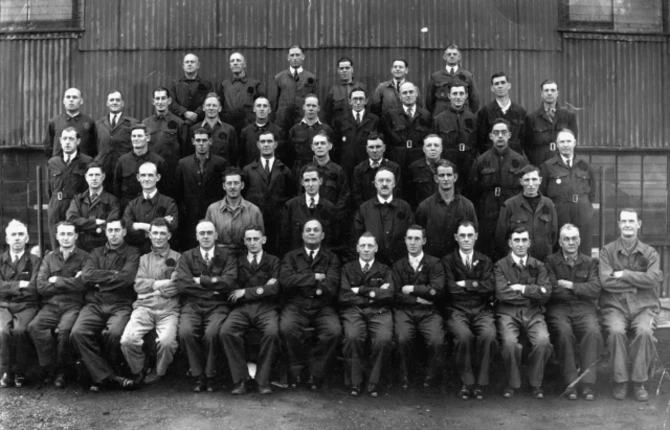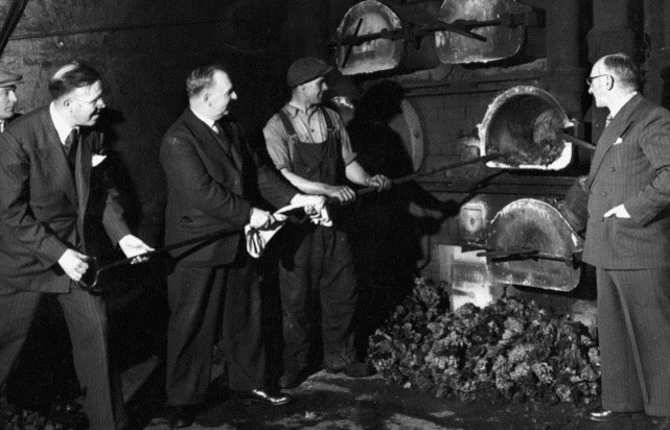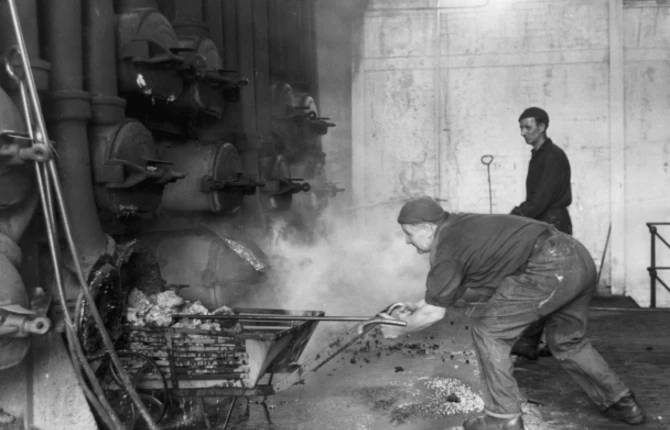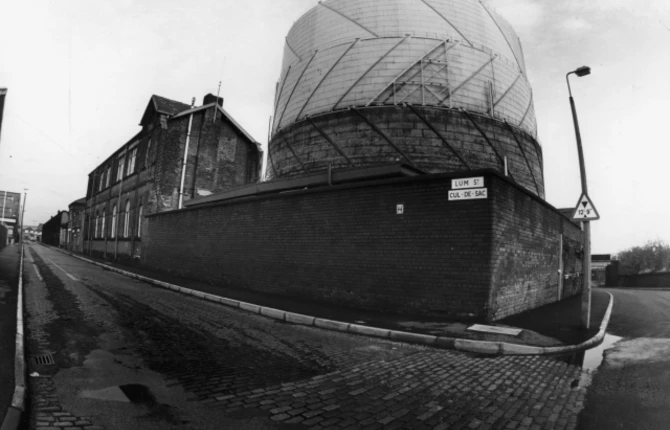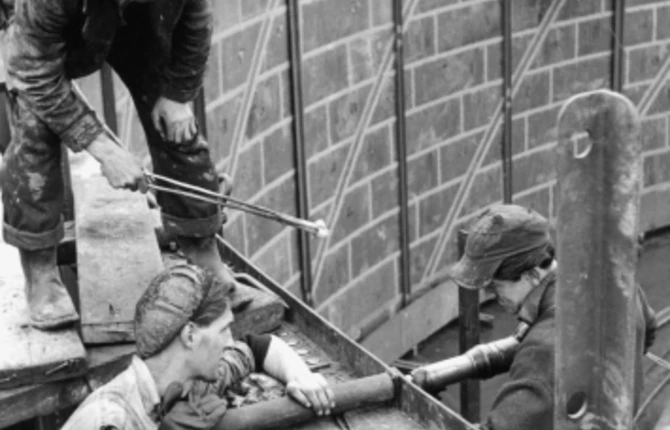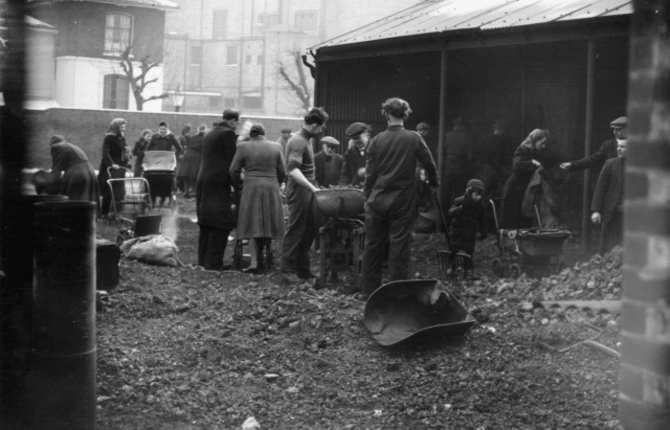- Back
- Balancing
- Capacity
- Charging
- Connections
- Data and operations
- Land and assets
-
Insight and innovation
- Back
- Home
- Insight and innovation
- Transmission innovation
- Summer Outlook
- Winter Outlook
- Gas Ten Year Statement (GTYS)
- Gas Future Operability Planning (GFOP)
- The future of gas-fired generation
- Understanding within-day behaviour
- Identifying future drivers of change
- Changing supply patterns
- Future of gas
- Stakeholder resources

Capturing stories
On this page, you can find out about National Grid’s commitment to find and record the lived experience of the Gas Industry.
Capturing stories
Capturing stories is National Grid’s commitment to seek out and record the lived experience of the gas industry. These digital recordings will be used to supplement our growing archive of physical and technical heritage information.
The recordings are of stories locked away in the memories of those who worked on former gas manufacturing sites, gas industry employees and of people who remember their local gasworks being operational.
These stories are recorded in the form of podcasts and videos.
Go to capturing stories for Stretford
Go to capturing stories for Windsor Street, Birmingham
Do you have a story to tell about life and work in the gas industry of days gone by?
If so, we’d like your help to create one of the world’s largest digital history archives of the gas industry, capturing people’s experiences through video and audio recordings.
The completed podcasts and videos will be made available for anyone to view here, and will supplement the physical archives held at the National Gas Archive in Warrington and the National Gas Museum in Leicester. We’ll also donate copies to national and local museums, archives and libraries.
If you have a story you’d like to share, please use the link below to complete our short form.
Alternatively, you can write to us giving a brief outline of your story: Capturing Stories, National Grid Property, National Grid House Warwick Technology Park Gallows Hill Warwick CV34 6DA. Or telephone the National Grid Capturing Stories phoneline on 07989 217992.
A brief history of gasworks in the UK
Commercial gas manufacture was first developed in Birmingham by the Scottish Engineer William Murdoch. Murdoch pioneered the first commercial gas plants which were installed in mills and factories from 1805 - primarily for lighting which improved the working conditions, extended the hours of work and reduced the risk of fire.
The Gas Light and Coke Company was established in London in 1812. Soon after many other gas companies were established, first in London, then in Preston, Lancashire - the first provincial town to be lit by gas.
Many new uses for gas were developed in the 19th century including cooking and heating, becoming more popular from the 1870’s.
During the first world war, some gasworks suffered considerable damage, but it was the loss of the labour force which impacted the industry the most with many workers signing up for military service. Gas was heavily used in the manufacture of arms, and the by-products of gas production were vital for the manufacture of explosives, dyes and fuels.
During the 1920s and 1930s, many gas companies faced merger or bankruptcy. Ownership of the industry was split between large companies such as the Gas Light and Coke Company, municipal gas departments, and many small companies.
The extensive damage to gasworks and infrastructure during the Second World War led to major reconstruction and reorganisation. A central part of this was the Gas Act of 1948 which nationalised the industry in England, Scotland and Wales. This was followed by a programme of modernisation, resulting in fewer, larger and more efficient gasworks.
In 1967, the gas industry changed as North Sea gas was brought in via the Easington Terminal, and conversion from manufactured gas to natural gas began. Gasworks were no longer required, and as new natural gas fields were discovered more and more gasholders, the large cylindrical structures used to store gas were decommissioned.
The technology used to store gas has advanced significantly, meaning that gasholders are no longer needed to store gas for supply to local communities. Today gas is stored in pipes underground, and all gasholders in the UK have been decommissioned.
National grid and others are now regenerating these former gasworks so they can be transformed into something for the benefit of the communities they once served.
Related links
National Gas archive (Warrington)
National Gas Museum (Leicester)
Fakenham museum of Gas and Local History
Biggar Gasworks Museum (Scotland)
Photo archive
Below is a small selection of 1400 historical photographs related to the gas industry, which were obtained from the archives of National Grid. To view all the photographs, please visit the Old Flames website.

